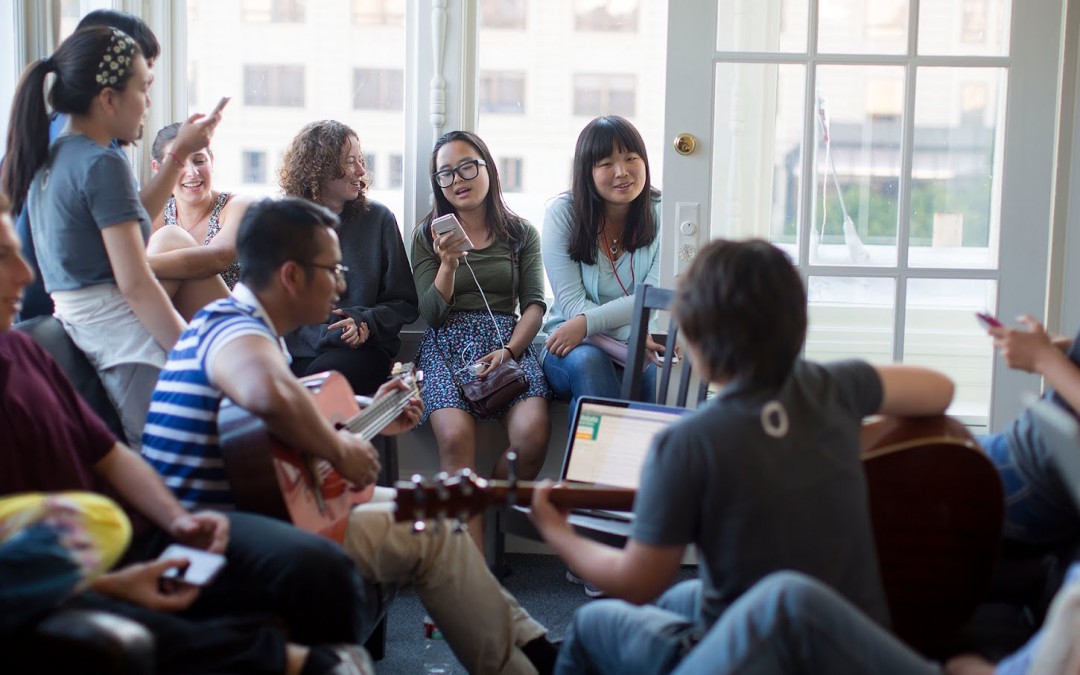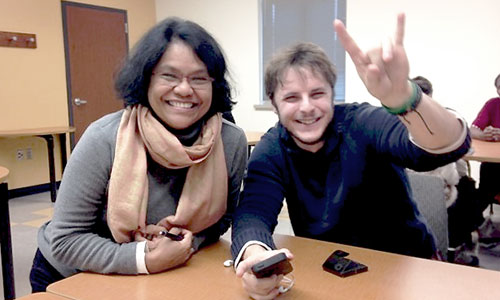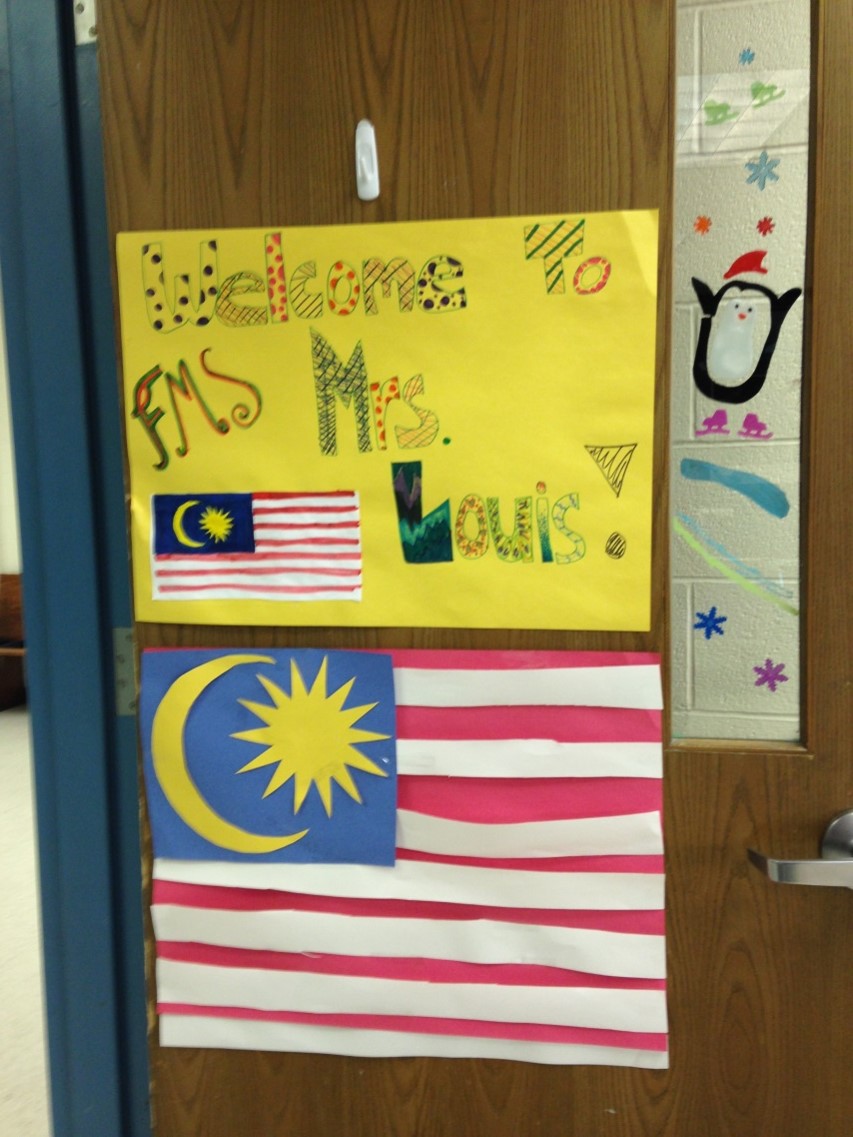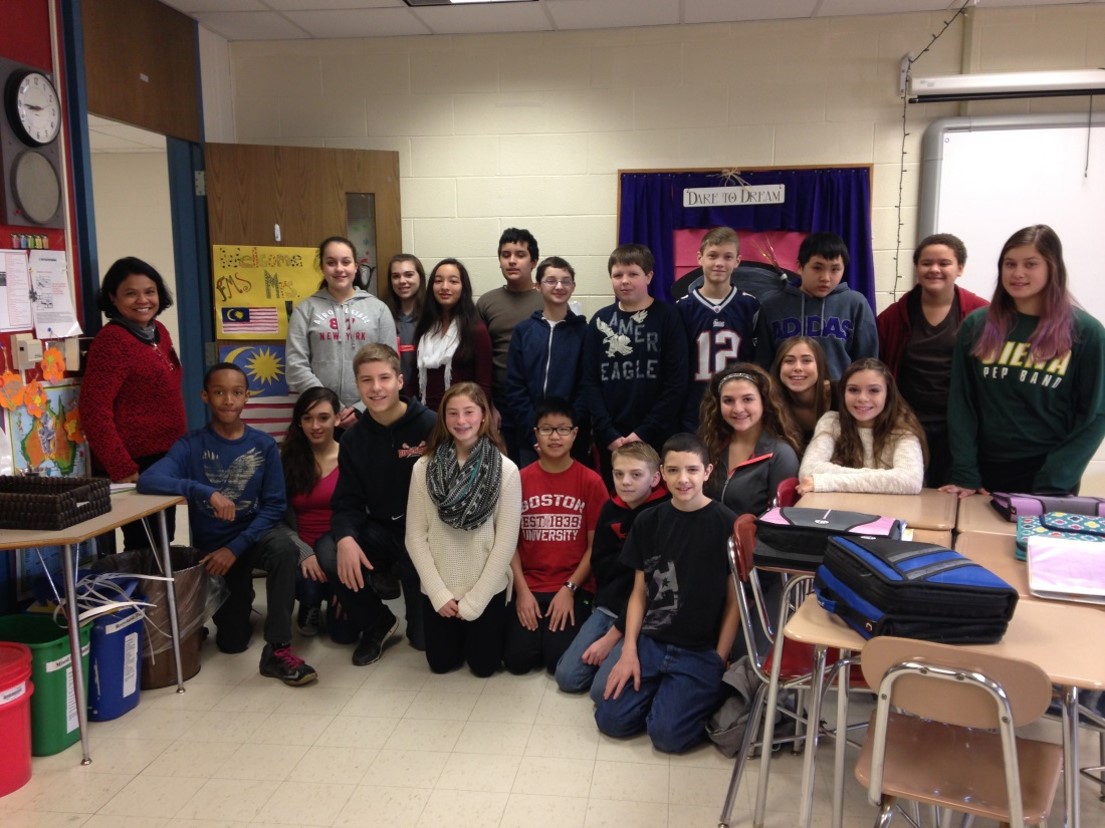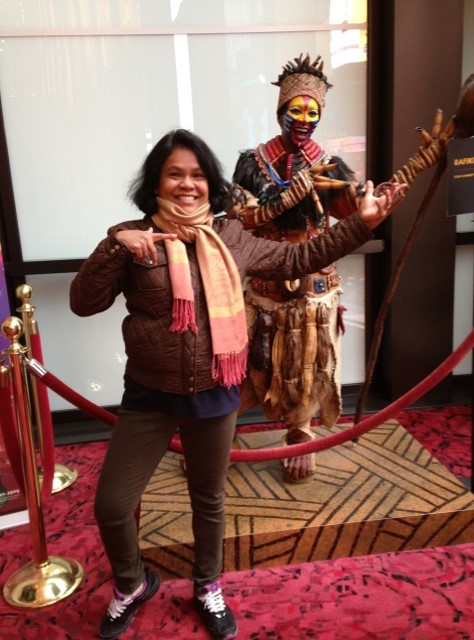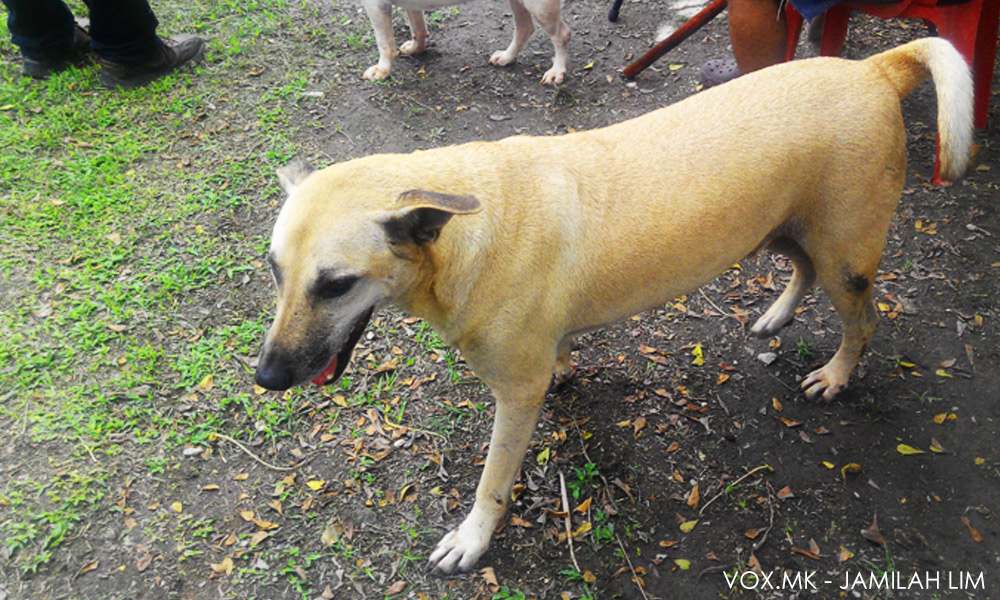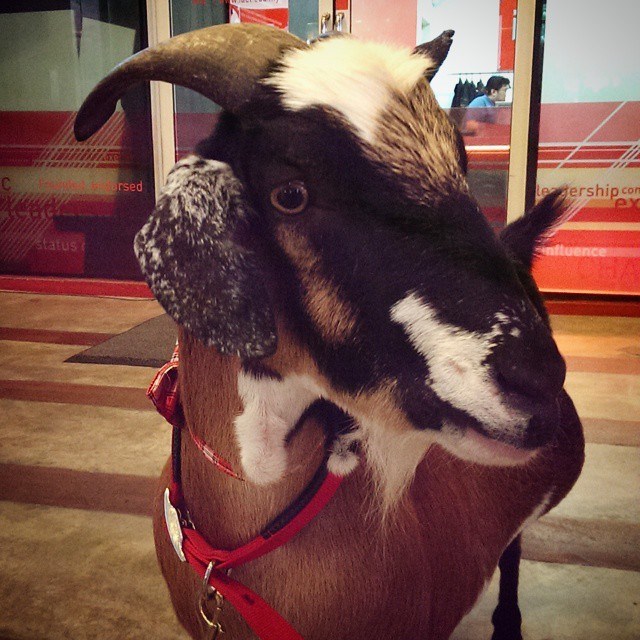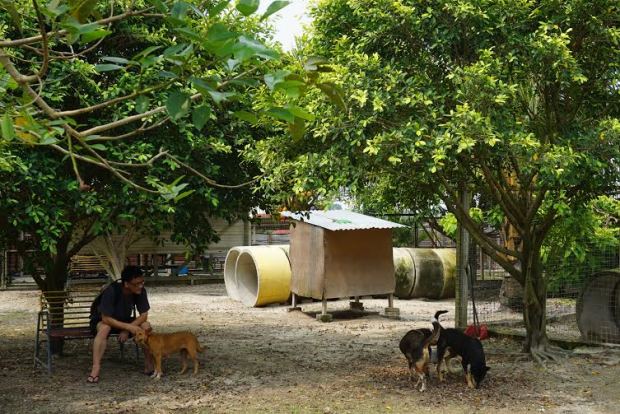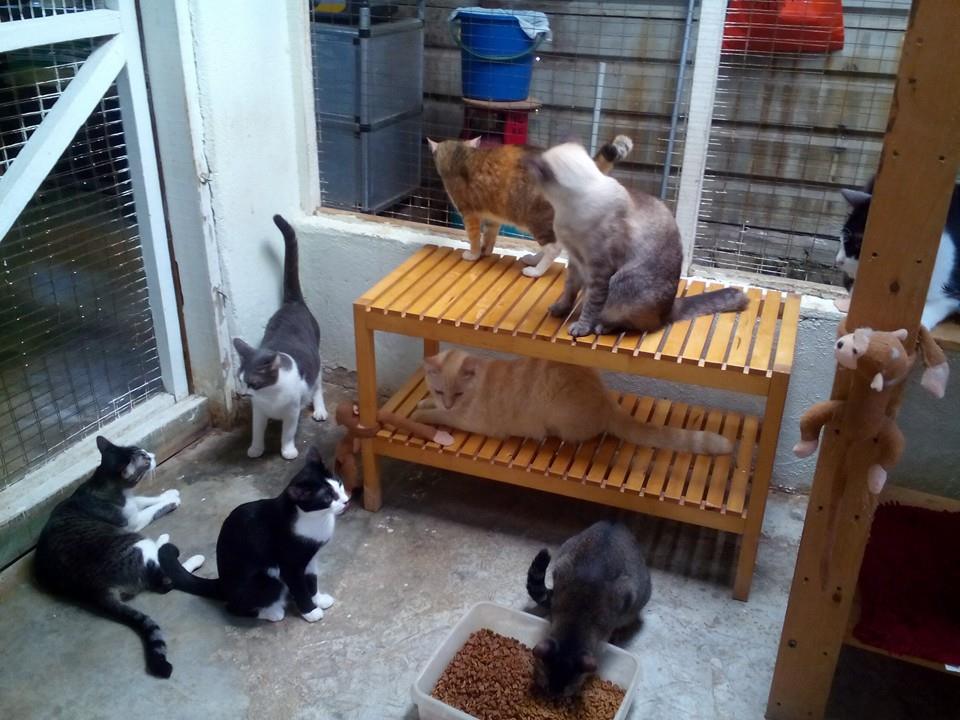
Forget tuition centres; EDUKATE your children online
Say goodbye to Malaysian traffic, waiting lists and other inconveniences that plague you when sending your child to the tuition centre.
The future of education is e-learning, and CEO of Learning Orchard, Murali Mano, wants you to know that newest e-learning portal EDUKATE is every bit viable as an alternative to the teaching of EMS (English, Math, Science) supplementing the standard Malaysian curriculum.
The E-Learning Edge
Traditional education methods incorporate little more than listening, reading and rote memorization, which can make subject matter appear dry, unappealing and inconducive to actual learning. The difference with EDUKATE is that it incorporates a whole host of interactive and visually-engaging elements such as brightly-coloured pictures, videos and quiz-like games. Furthermore, unlike other e-learning portals, it allows the student to ‘share’ things they have learnt to social media like Facebook or Twitter, allowing it to make use of social media as a learning tool as well.

EDUKATE thyself
Launched earlier in January at Connexion@Nexus in Bangsar, Kuala Lumpur, the EDUKATE e-learning portal is a collaboration between Learning Orchard, a local business that deals with online learning, testing, and assessments, and Excelsoft Technologies Pvt Ltd, an India-based company that is a global E-Learning company with more than 25 million users worldwide.
Ten Points to Gryffindor!
A strong proponent of incentivised learning, EDUKATE uses a ‘point’ system to reward students for learning. Points are typically awarded during the child’s interactions with the learning portal, such as reviewing course materials or answering questions correctly. EDUKATE partners with local companies such as fast food chains, mobile and travel companies who sponsor products, which are then periodically offered as prizes and rewards to students based on their performance in the learning matter.

Progress growth and personalised reports
EDUKATE strives to provide a child more than just a learning method, but rather a learning ecosystem. Children are sponges of information, and learn best when education is made fun and interactive.

Find out more!
Enrich your child’s education today starting at only RM 20/month.

